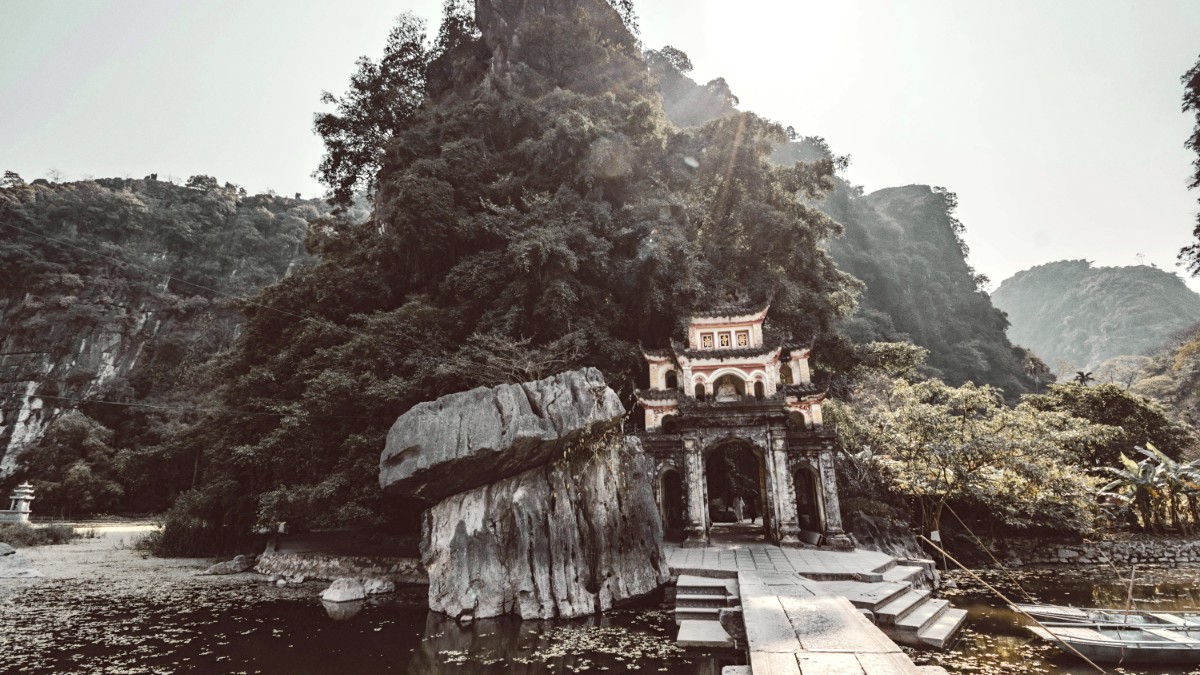
North Central Vietnam, Vietnam
Vietnam has three main mobile service providers: Viettel, Mobifone, and Vinaphone. Viettel generally offers the best and most extensive coverage, especially in rural areas like parts of Ninh Binh.
Wi-Fi is widely available and generally free in hotels, guesthouses, restaurants, and cafes throughout Tam Coc. The connection quality is usually good enough for browsing, communication, and streaming.
The official language is Vietnamese. In tourist-oriented businesses in Tam Coc (homestays, popular restaurants, tour operators), staff often speak some English. In smaller local eateries or more rural areas, English proficiency may be low.
Pronunciation is , so practice listening.
Stay connected with affordable local SIM cards and widely available Wi-Fi.
Familiarize yourself with typical operating hours for businesses and services in Tam Coc to streamline your visit.
Generally open from early morning (around 6 AM for breakfast) until late evening, typically 10 PM. Some may stay open later in central tourist areas.
Most local shops operate from approximately 8 AM to 9 PM. Local markets open very early, often around 6 AM, and tend to close by mid-afternoon.
Major attractions like the Tam Coc boat pier, Trang An, and Mua Cave usually operate from 7 AM to 5 PM or 6 PM. Some pagodas may be accessible earlier or later.
Banks typically operate from 8 AM to 11:30 AM and from 1:30 PM to 4:30 PM, Monday to Friday. They are usually closed on weekends. It is recommended to handle banking needs during weekday mornings.
Plan visits to attractions during typical morning to late afternoon hours.
Vietnamese culture values politeness, respect for elders, and modesty. Adhering to local customs enriches your travel experience.
A slight bow or a nod of the head is a polite way to greet someone. Handshakes are common when greeting foreigners. Using "Xin chào" (hello) is standard and always appreciated.
Tipping is not customary in local eateries. In more upscale places, a service charge might be included. When eating, be mindful of communal dishes, and wait for elders to begin.
Be aware of practices to avoid, demonstrating your sensitivity to local customs and beliefs. These help avoid unintentional offense.
Show respect by dressing modestly and learning basic Vietnamese phrases.
Vietnam's infrastructure, including Tam Coc, presents challenges for travelers with mobility needs. Preparation helps navigate the environment.
Vietnam's infrastructure is generally not highly developed for accessibility. You will often encounter uneven pavements, a lack of ramps, and numerous stairs at attractions.
While some aspects present hurdles, certain options can accommodate travelers with mobility needs, notably for getting around and experiencing attractions.
Specialized services for travelers with visual or hearing impairments are limited in Tam Coc. Travel with a companion or bring communication aids for a smoother journey.
For detailed information on accessible travel in Vietnam, consult online forums or specialist tour operators that concentrate on accessible travel in Southeast Asia.
Private car hire offers the most flexible transport for mobility needs.